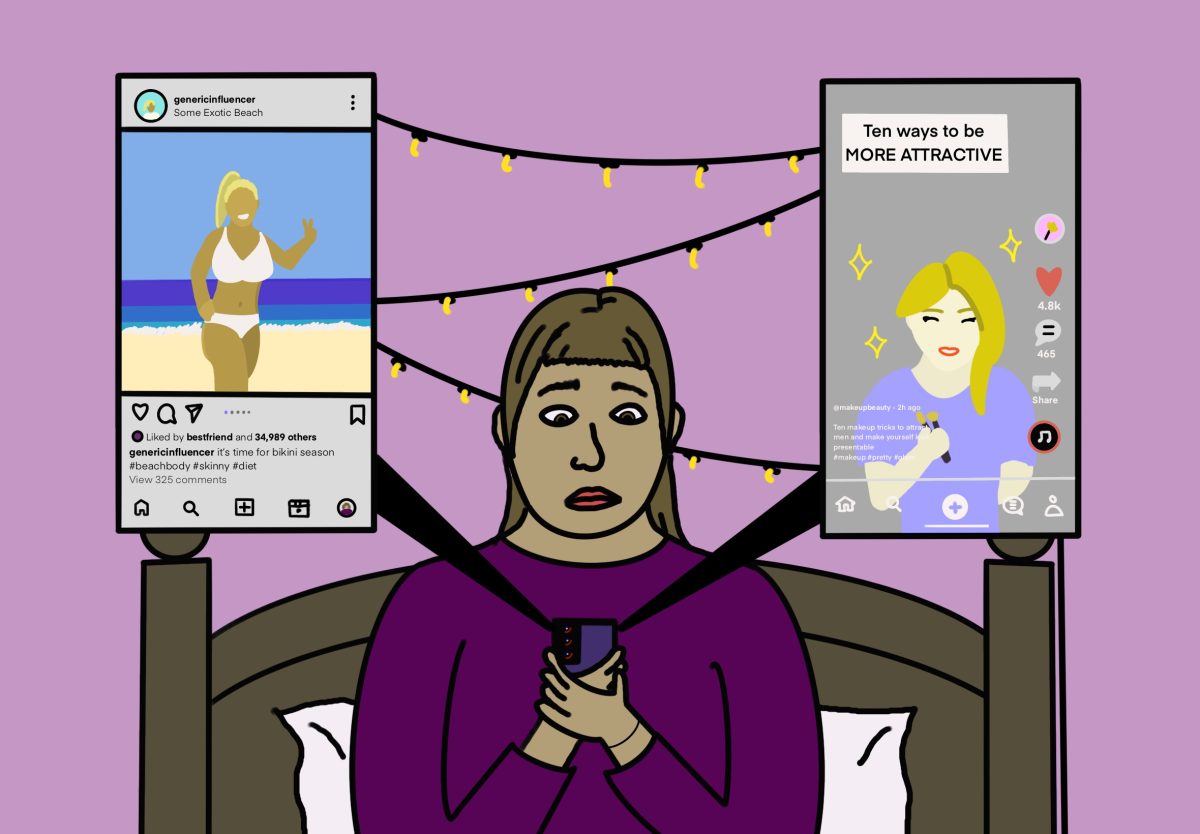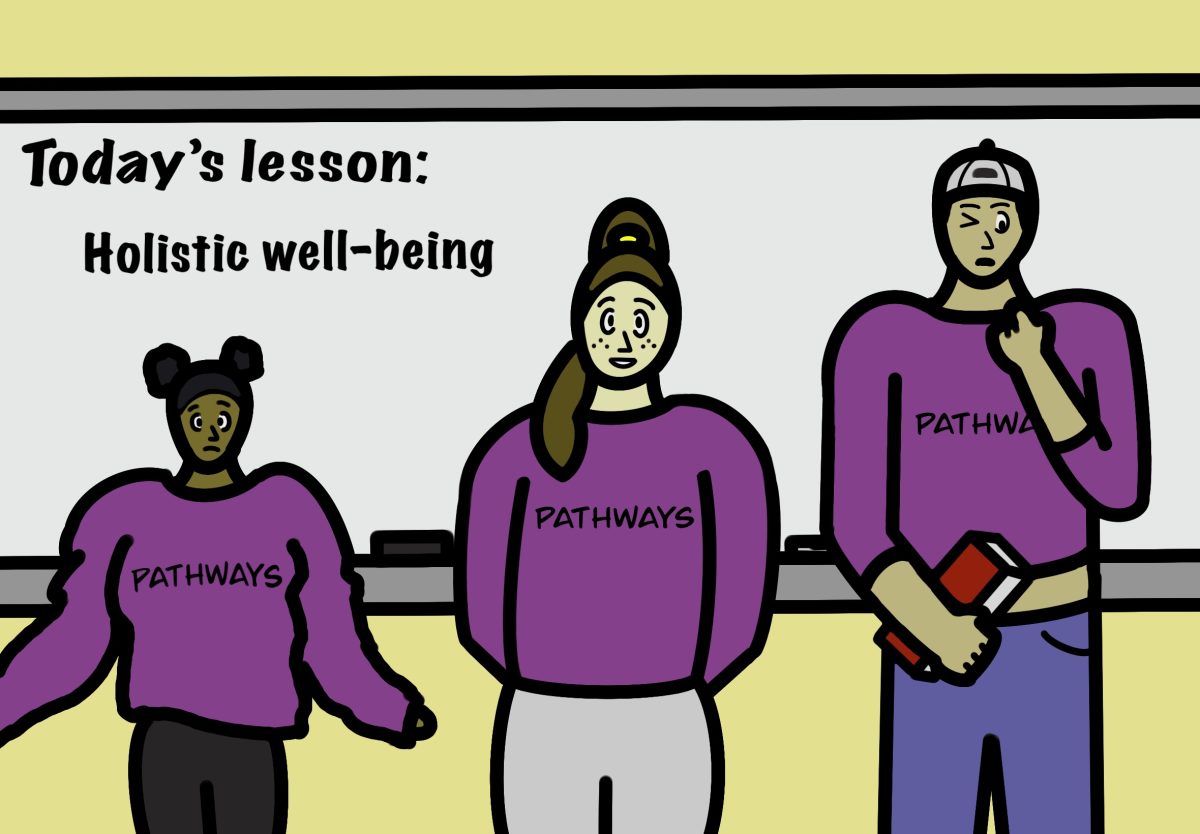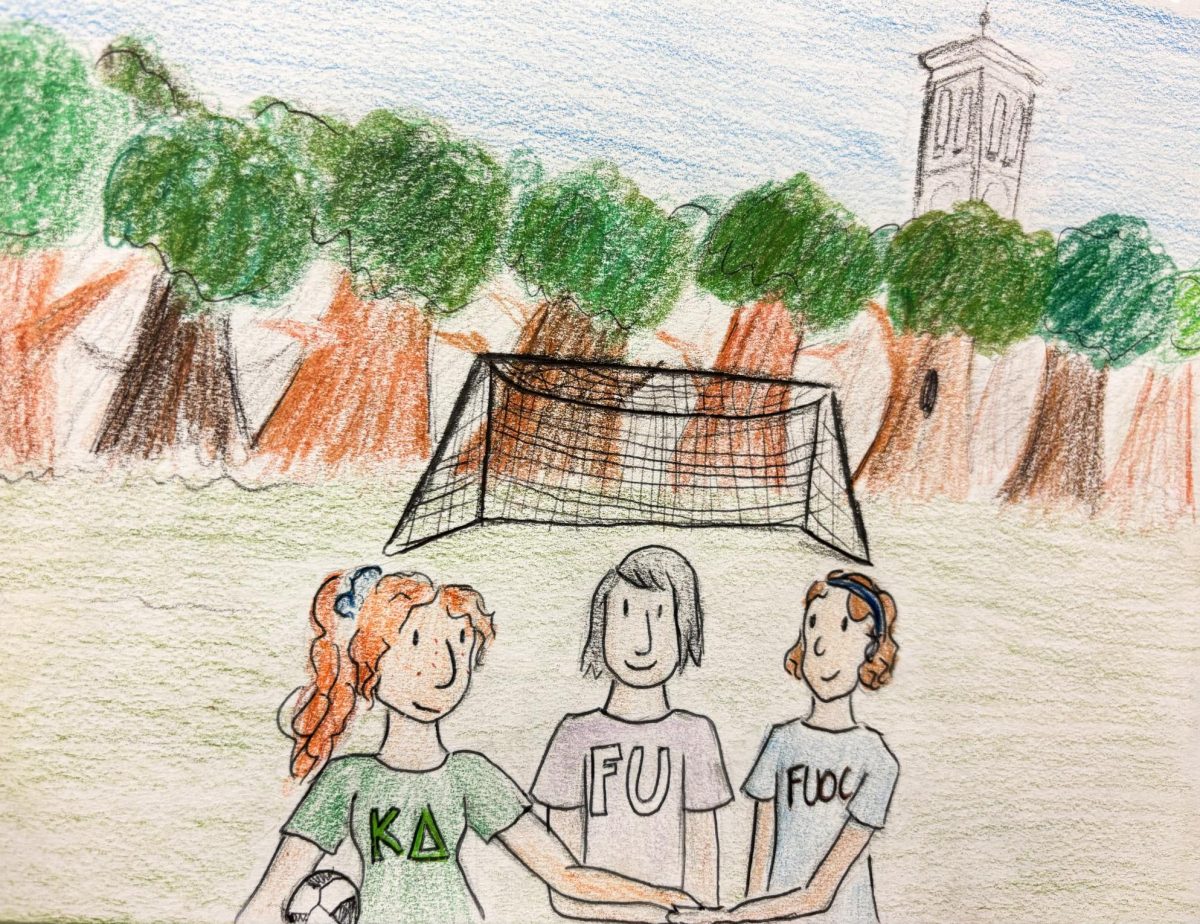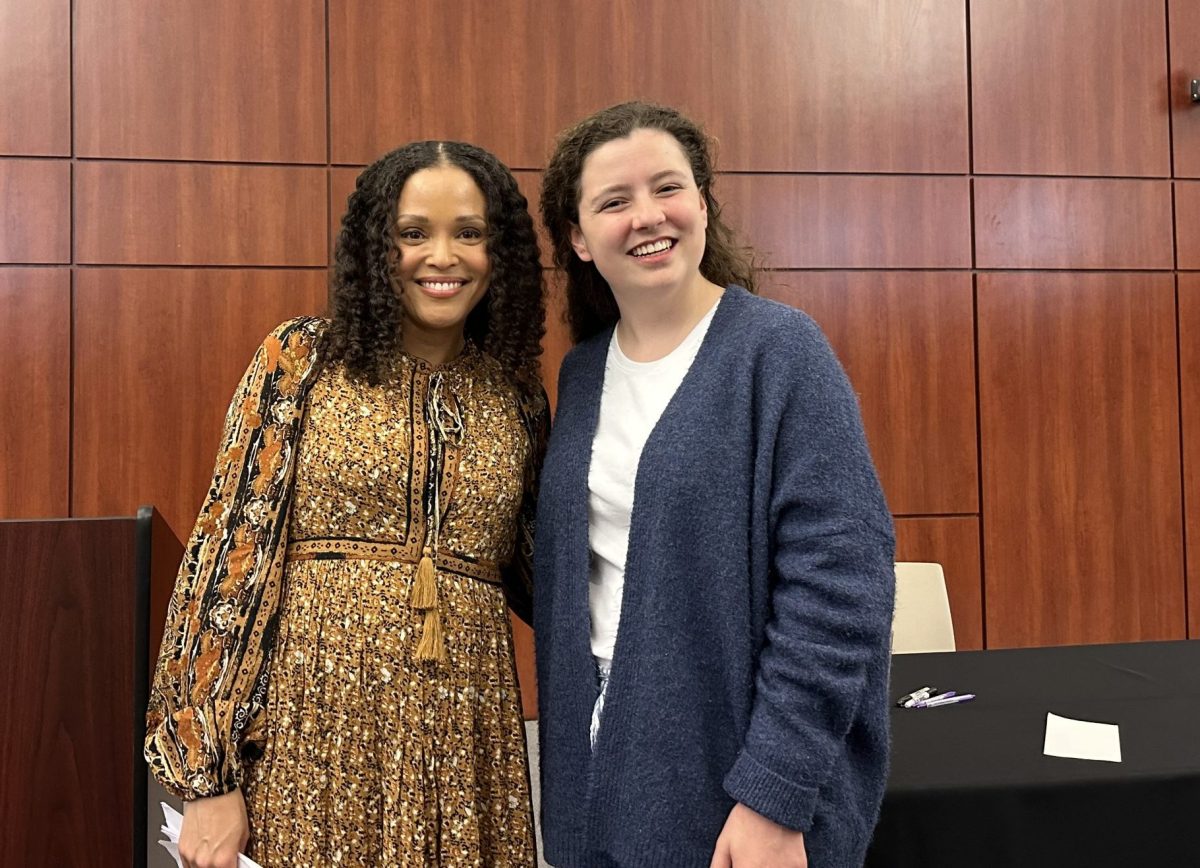As I am nearing the end of my Furman journey, I have been thinking about the community I joined four years ago and the community that I hope to pass on for the next generation of Furman students. This brings me to the Hebrew phrase,“L’dor V’dor”, which refers to the responsibility of passing on spiritual knowledge and cultural traditions from generation to generation for the purpose of sustaining the customs and collective memory of the Jewish people.
During my time at Furman, I have constantly been passing down knowledge to younger students whether this was giving laundry tips to my residents, teaching members of Religious Council how to book spaces on campus, or even playing B3 the Third’s classics for the freshmen, I have worked to pass knowledge and traditions to the younger generation. In the scope of Judaism, as we retell our stories from generation to generation, I wonder how the lens of the time will change our interpretations, and how many of our stories will continue to remain relevant.
There is a joke within the Jewish community that a common theme of our holidays is the sentiment that they tried to kill us, we won, let’s eat. While this is not the end all be all of understanding Judaism, it gives a fairly accurate, albeit humorous, synopsis of our holidays. All joking aside, the bravery, integrity, and adherence to our beliefs in the face of continued religious persecution is a message of resilience which stands at the core of Judaism. Our holidays often remind us of this perseverance, and Purim is no exception.
This week we are celebrating the holiday Purim from the Megillah Ester (The Book of Esther). Sticking to the theme of they tried to kill us, we won, let’s eat – this story takes place in the Persian Empire circa the 5th century.
The story begins at a banquet, hosted by the Persian King Achashverosh. The King ordered his wife, Queen Vashti, to attend the party wearing only her crown to flaunt her beauty for all of the men in attendance. When Vashti refused, she was banished for her defiance.
To find a new queen, King Achashverosh ordered the retrieval of the most beautiful woman from every village. Esther, the niece of the Jewish leader, was taken from her village. Esther’s uncle, Mordechai, advised his niece to hide their religion from the King. Even though Esther had no desire to become the Queen of Persia, the King was enamored by her beauty and selected Esther as his queen.
Soon after their marriage, King Achashverosh promoted Haman, a descendent anti-Semitic nation of Amalek, to the position of Prime Minister. By decree of the King, whenever Haman paraded through the streets everyone was compelled to bow before him. However, Mordechai refused to bow down to Haman as Jews do not bow down to anyone but G-d. Haman was infuriated by Mordechai’s refusal, and in retaliation, sought to kill all Jews living in the Persian Empire.
Haman easily convinced the King to endorse the genocide and issued a decree for all of the Persian Empire to rise up and kill all Jewish men, women, and children. A date was set for the slaughter: the 13th day of the Hebrew month Adar.
Upon hearing the decree, Mordechai quickly alerted his niece, the King’s wife, and begged her to reveal her true identity in hopes of sparing Jewish lives. Esther was hesitant to approach the King, as someone who entered the presence of the king unsummoned risked execution. Mordechai pleaded with Esther again, fearing that the fate of the Jews relied on her ability to sway the King’s decision by the 13th of Adar.
Finally, Esther agreed to reveal her true identity to the King. After fasting for three days, Esther arranged a series of banquets for the King and Haman. At the second banquet she revealed her Jewish heritage, explaining that she too will be killed if Haman is allowed to slaughter the Jews. The King, swayed by Esther’s pleas, condemned Haman to be killed in the gallows originally built for the Jews. Although Haman was dead, his call to murder Jews on the 13th of Adar remained. To counter this, the King issued a decree that gave the Jews permission to defend themselves. The Jews of the Persian Empire mobilized and defeated those who aimed to kill them, and on the 14th of Adar they celebrated their victory.
To commemorate this triumph, the Jews of the Persian Empire celebrated the first Purim, which is still celebrated by Jews every year. This year, Purim falls on the 25th and 26th of February. We celebrate Purim by reading the Megillah Ester (Story of Esther), attending festivals and parties with music, and by baking jelly-filled triangle cookies to commemorate the pointed hat Haman supposedly wore. Like I said earlier, they tried to kill us, we won, now we eat.
As I re-read this story in 2021, I find that my interpretation is quite different as an adult. In the retelling of this story I heard as a child, the strength of Vashti was often overlooked, and Esther’s bravery alone was lauded. In recent years, a feminist perspective has arisen among the Jewish Community that flips that paradigm. Now, Vashti is embraced as a symbol of female empowerment for standing up to the head of the Persian Empire. In contrast, Esther used her submissive demeanor to save the Jews.
It is not to say that one is a better role model than the other, but our evolving understanding of feminism has led many to appreciate Queen Vashti’s bravery in defying the direct orders of the most powerful person in Persia. Esther, the heroine of the story, saved her people by pushing past her fears and embracing the feminist qualities she was suppressing. Both Vashti and Esther are deserving of our admiration and serve as models of courage in the face of adversity.
L’dor V’dor. Our generation was taught that Esther was the great hero of the story, but I hope the next generation will also learn about the heroics of Queen Vashti. Likewise, my wish is for this story to inspire the next generation of Furman students, especially women. Purim serves as a reminder to stand strong in our beliefs, despite the potential risks, and that our perseverance will be rewarded.
































